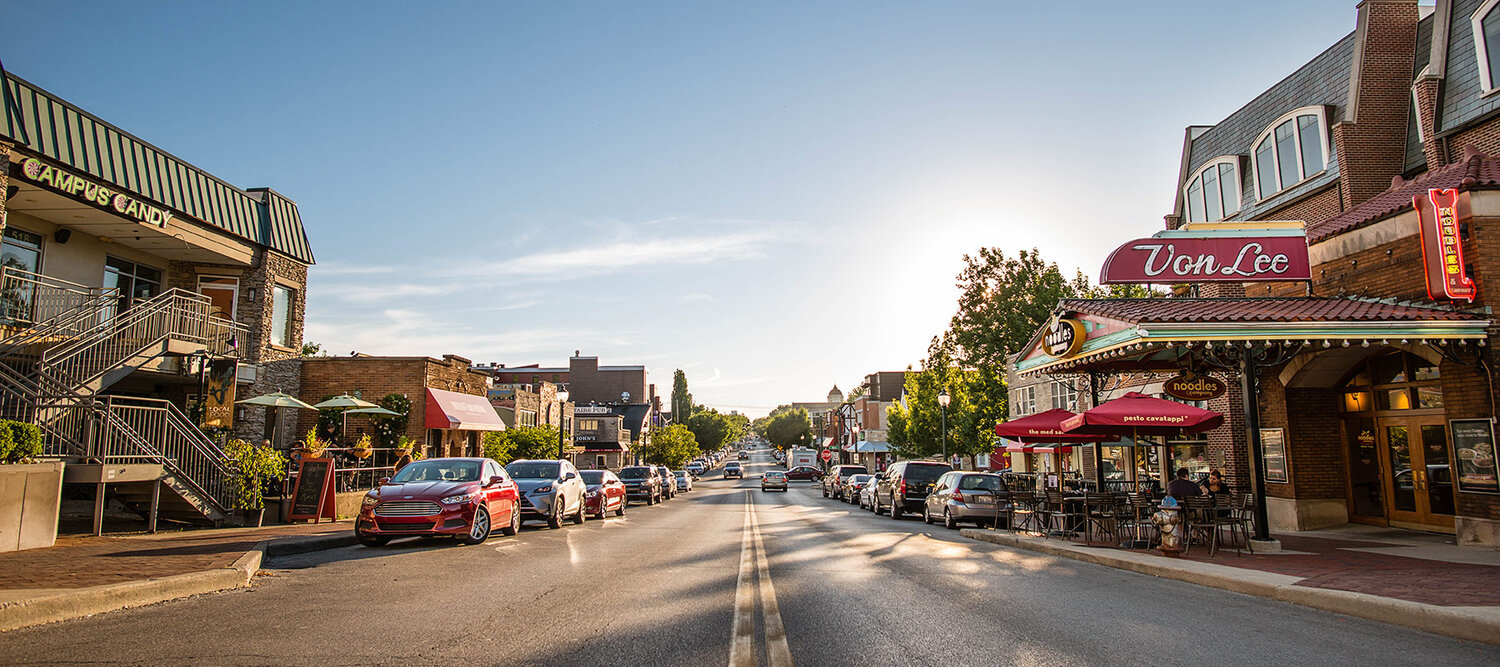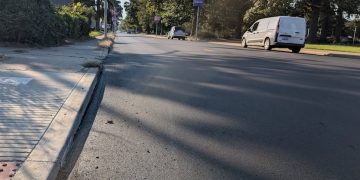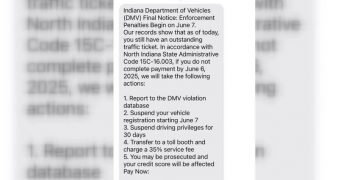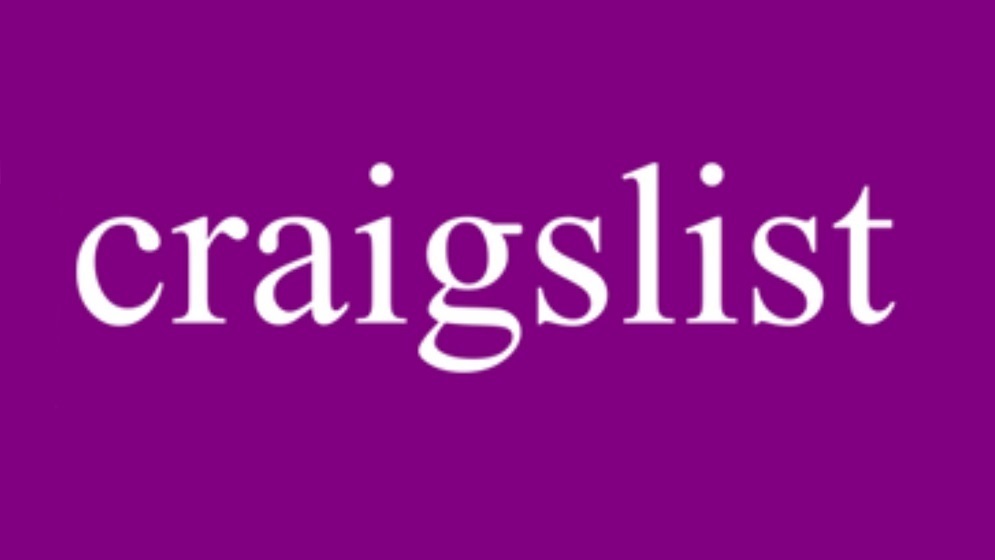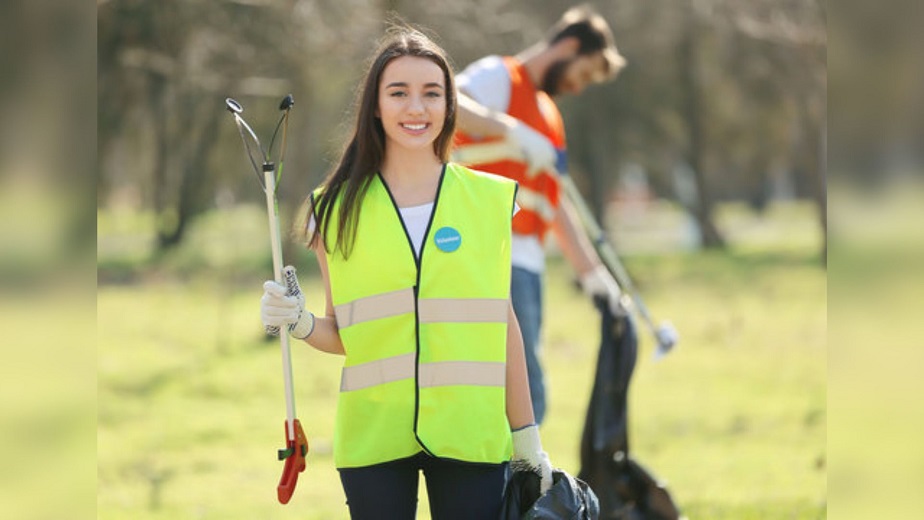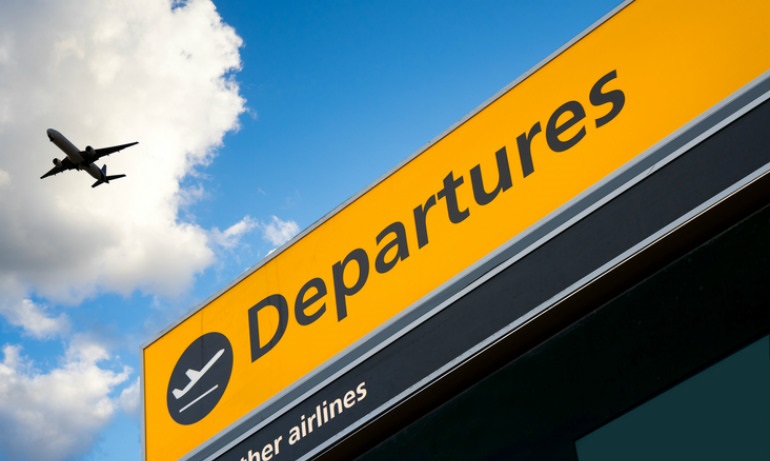Bloomington, Indiana – On Tuesday, Nov. 17, the week before Thanksgiving, a draft of a climate action plan for Bloomington was presented to the city council’s four-member standing committee on climate action and resilience.
The meat of the 158-page draft climate action plan is a table of 266 recommended actions, organized under 61 strategies, which fall under 26 goals for eight general topics.
The eight topics are: transportation and land use, energy and built environment, waste management, water and wastewater, local food and agriculture, health and safety, greenspace and ecosystem health, and climate economy.
The plan is supposed to provide a blueprint for Bloomington to reduce its greenhouse gas emissions from all sources, with a goal of carbon neutrality, and make preparations for climate change.
The draft includes 17 different recommendations for changes to local law, among them some changes to the unified development ordinance (UDO).
The recommended changes to the UDO in the draft climate action plan (CAP) do not include any revisions to the zoning code on residential building forms (i.e., plexes), which are expected to generate considerable controversy when they’re taken up by the plan commission in the second half of January.
Included in the draft CAP are recommended changes to the UDO that would eliminate parking minimums and would require developers to “unbundle” parking from lease prices for rental units. Other changes recommended for the UDO include one to encourage water conservation in new construction and renovations.
Another recommendation in the draft CAP is to consider a change to local law that would create a universal zero waste ordinance, which would require all property owners to provide recycling and compost collection services and require businesses to use those services.
The mid-November presentation of the draft CAP to the city council’s committee was made by Lauren Travis, who’s assistant director of economic and sustainable development for the city of Bloomington.
The city council will eventually be asked to approve the plan.
The consultant who has been working on Bloomington’s CAP is Pale Blue Dot out of Maplewood, Minnesota. The company has also prepared a climate action plan for Dubuque, Iowa. Bloomington’s $98,000 contract with Pale Blue Dot expires at the end of the year.
Travis told the committee that she was hoping to get written feedback from them, compiled by committee chair Matt Flaherty by Dec. 1.
Travis told committee members there’s not yet a spot on the calendar for the full council’s consideration of the CAP: “We don’t have a date set yet for the plan to go in front of council.”
Travis added, “If you need more time, we could always push it back.” Travis wrapped up her comment on the topic of timing by saying, “I’m more concerned about making sure that everyone’s feedback is included than having a certain date for passage.”
The city’s director of economic and sustainable development, Alex Crowley, told The Square Beacon on Tuesday that there’s some internal discussion about the possibility of getting additional community input on the draft CAP.
The content of the finalized CAP will likely factor into any discussions next year that take place on the topic of additional taxpayer investments to fund climate change initiatives.
The CAP got a mention from Flaherty during the city council’s mid-September debate on the increase to the local income tax, which failed on a 4–5 vote. One of the motivations for the proposed local income tax increase was provide a way to fund climate change initiatives.
At the time, Flaherty put the forthcoming CAP in the context of other key planning documents that would guide expenditures from a local income tax increase. Those include the comprehensive plan, the transportation plan, and the sustainability action plan.
